Affiliate links on Android Authority may earn us a commission. Learn more.
The end of Oxygen OS and the start of 'OnePlus 2.0': What you need to know
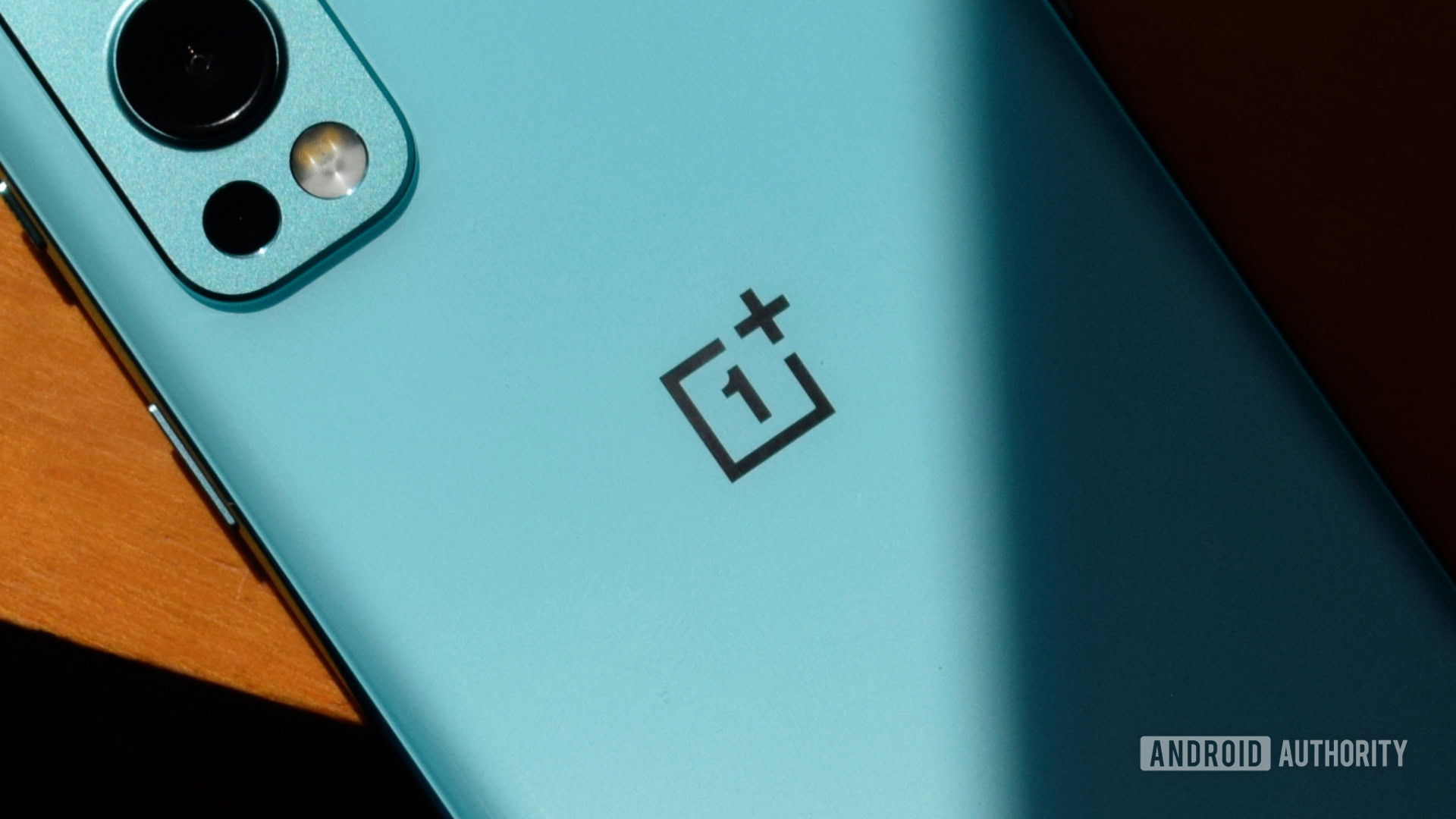
Over the past two years, there have been a lot of changes for OnePlus. Co-founder Carl Pei left to start his own company called Nothing. The Nord line expanded to include several super-budget OnePlus phones for the US that were essentially re-branded OPPO phones. And, earlier this year, OnePlus CEO Pete Lau announced that OnePlus would “further integrate” with its larger BBK stablemate, OPPO.
Android Authority and other tech outlets recently had a chance to sit down with Lau and hear about what’s happening for OnePlus in the future. Without any hyperbole, there are some huge shifts coming for the brand. In fact, there’s so much going on that Lau is referring to the future as “OnePlus 2.0.”
Below, we’ve rounded up all the significant confirmations we have related to OnePlus 2.0 and what you can expect from OnePlus phones going forward. The company also released a forum post to highlight the changes, but here’s what you need to know.
OnePlus phones won’t have Oxygen OS as we know it in 2022
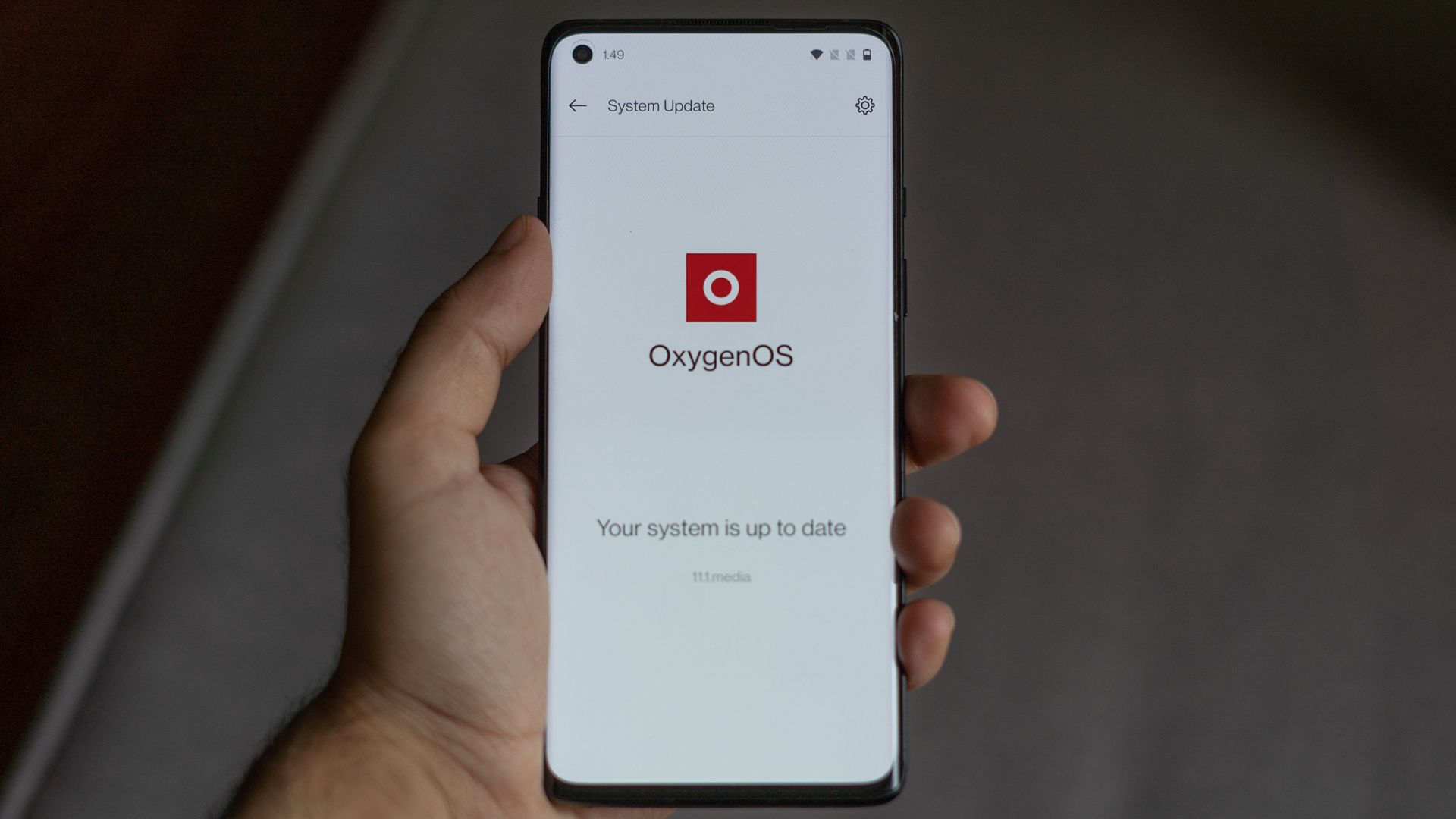
The biggest reveal from Lau is shocking but not wholly unexpected. Starting in 2022, OnePlus phones will no longer have Oxygen OS, at least not as we know it today. Instead, there will be a new “unified OS” that shares the strengths of Oxygen OS and OPPO’s Color OS.
If you’ll remember, earlier this year OnePlus confirmed that it would be integrating more with OPPO. Naturally, this brought up concerns that Oxygen OS would be done for. Things didn’t look good when OnePlus quickly switched Chinese OnePlus phones over to Color OS entirely and shortly thereafter announced it would merge the core code of both operating systems.
Related: OnePlus 10 will debut a new “unified” OS merging Color OS and Oxygen OS
However, throughout all that, OnePlus was adamant that Oxygen OS wasn’t going anywhere, confirming as much to Android Authority when asked, and frequently talking up the benefits of the shared code — most notably the promise of faster and more stable software updates for OnePlus devices. It looks like the company has changed its mind, though, because it is now saying the new unified OS will be very different from the Oxygen OS we have today.
Unfortunately, Lau and OnePlus would not confirm the most basic questions we had about this new unified OS. Will it be called Oxygen OS, Color OS, or something else? Will OnePlus phones and OPPO phones get updates at the same time? Will the Nord line get it? The company declined to answer any of these questions.
All we do know is that Oxygen OS as we know it right now is changing. Oxygen OS 12 is still coming this year and will not be based on this new unified operating system. However, it will share the same codebase as Color OS. Beyond that, OnePlus’ skin is either going to change significantly and be Oxygen OS in name only or it’s going to go away entirely.
What will the unified OS be like?
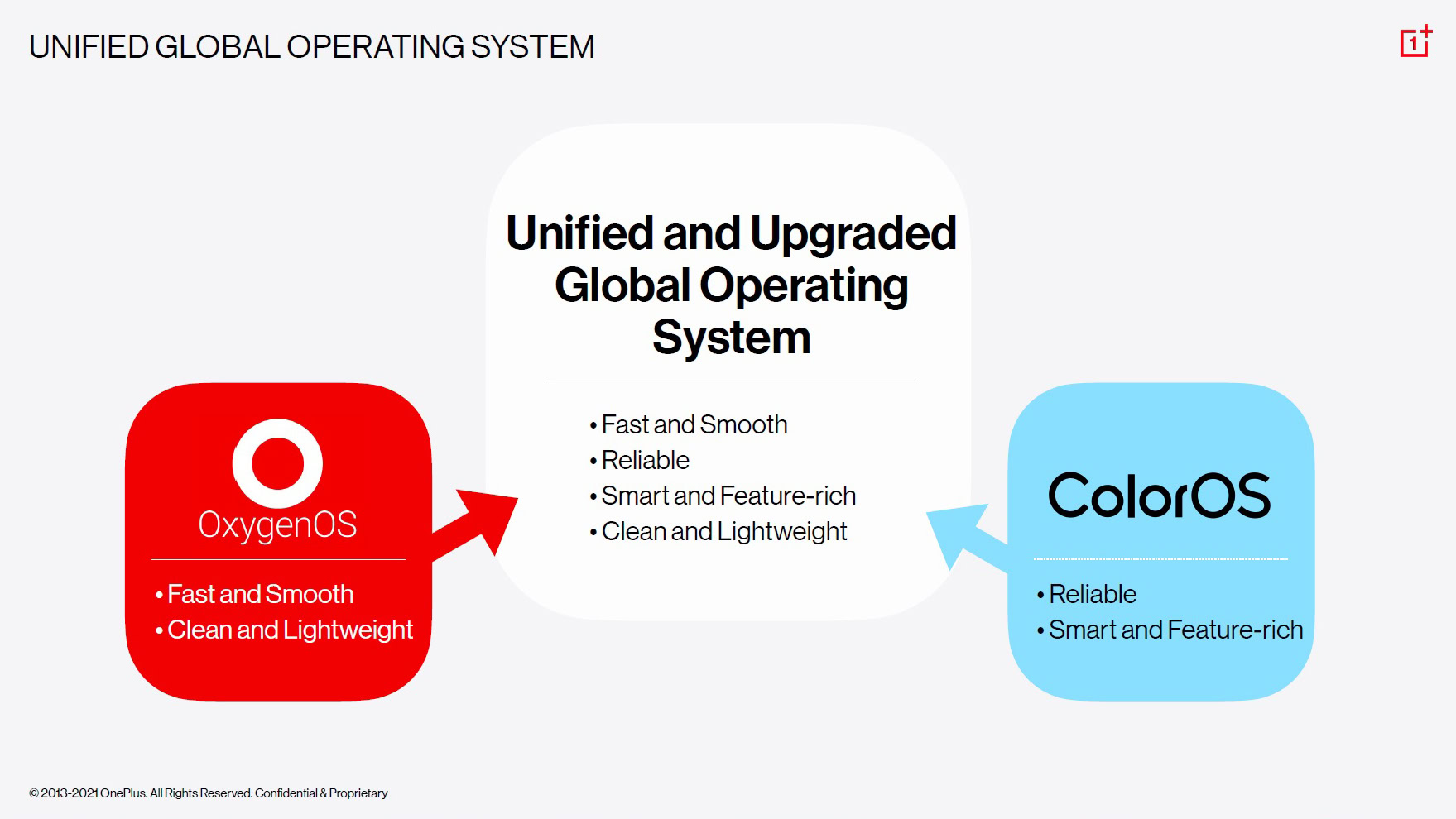
As mentioned, Lau was coy with details on the new operating system. All we have to go on now is how he described the unified OS.
According to Lau, the unified OS will incorporate the core aspects of Oxygen OS: “fast and smooth,” clean, lightweight, bloat-free, etc. Lau even specifically pointed out that the company will continue to not pre-load apps or advertisements on OnePlus devices and phones from the brand will continue to have unlockable bootloaders. However, it will also have the core aspects of OPPO’s Color OS: reliable, feature-rich, unique look, etc.
Lau is confident he can combine Oxygen OS and Color OS and make a best-of-both-worlds system.
Although it appears to go against logic, Lau does not see Oxygen OS and Color OS as opposing systems. There was even a slide during the presentation that said the unified OS would be feature-rich but still lightweight. How could this be?
While he didn’t confirm as much, it’s possible that OPPO and OnePlus phones could get slightly different versions of the unified OS. This is the only way, as far as we can tell, that an operating system could be both feature-rich and lightweight. If that’s the case, then we could still see “Oxygen OS” and “Color OS” on the companies’ phones, even if they are based all around the same core code.
On the positive side, Gary Chen — who has head up the development of Oxygen OS for a long time — will be heading up the new unified OS development. That should hopefully mean that most of the core aspects of Oxygen OS will make it to the new OS.
Lau also told us that OnePlus and OPPO intend to further integrate software experiences across “more and more devices,” heavily suggesting this merger won’t just affect Android phones. Watches, earbuds, and other electronics from the brands could be based on the same software. But how will the companies differentiate themselves?
Like we said earlier: we have a lot of questions, but OnePlus isn’t giving us very clear answers.
OPPO and OnePlus remain separate, but not by much
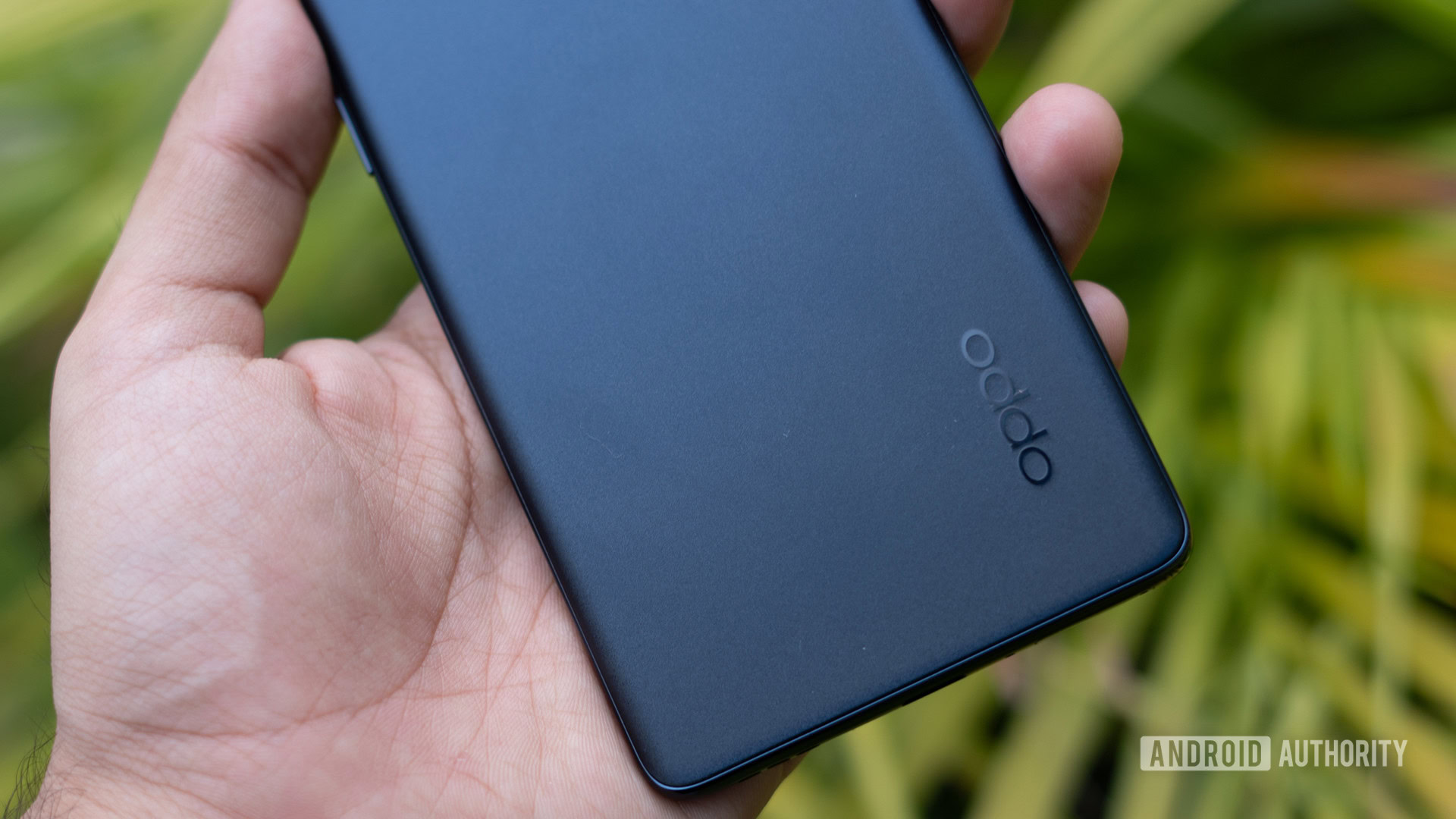
When OnePlus first started, it had its own team of designers, engineers, etc. This team would take pre-existing hardware and R&D knowledge from sister brand OPPO and do new things with it. This is why early OnePlus phones have a lot of “OPPO DNA” but still look different.
The OnePlus and OPPO teams are now merged together into one mega team.
Now, though, the OPPO and OnePlus teams are in the process of being fully merged. Within this large single team, there will be breakout teams that work on different products under the two different brands. Lau is confident this will create more innovation within both brands because the team will be larger and able to bounce ideas around together.
The only exception to this is PR. The PR teams for both companies will remain separate.
Cynics will note that this sounds like it could be a recipe for OPPO and OnePlus phones and other products to become more and more similar as time goes on. Even if the teams work separately, the simple proximity of them all will inevitably lead to “idea bleed.” Lau doesn’t seem to be concerned by this possibility, though. It’s also possible that this larger team will create new innovations that will drive creativity for both OnePlus and OPPO. Time will tell.
Do note that OPPO recently dropped about 20% of its staff as a result of this merger.
‘OnePlus 10’ first to get new OS, but what else?

Lau confirmed that the 2022 flagship — theoretically called the OnePlus 10 — would be the first phone with the new unified operating system. After this launch, we would see the unified OS on both new OPPO and OnePlus phones going forward.
Lau also confirmed that the OnePlus 8 series would get the unified OS at some point in 2022. Although he didn’t confirm as much, it’s safe to assume the OnePlus 9 series would also get it.
See also: How the price of OnePlus phones changed over the years
Unfortunately, Lau would not disclose a precise list of which phones would get the unified OS and which phones wouldn’t. The Nord line is a big question mark, to say nothing of OPPO phones. The company did confirm that it would abide by its update promise, which means that all non-Nord phones launched after the OnePlus 7T series would see three years of upgrades and four years of security updates.
Keep in mind that the company already said that the OnePlus phones receiving Android 12 will get a version of Oxygen OS with a unified codebase. Theoretically, the Oxygen OS 12 update should act as a stepping stone to what will eventually launch on the OnePlus 10.
The bottom line here is this: we know that all 2022 OnePlus flagships will come with the unified OS and the OnePlus 8 and OnePlus 9 series will get it eventually. Every other existing OnePlus phone — as well as future Nord phones — is up in the air.
No OnePlus 9T in 2021
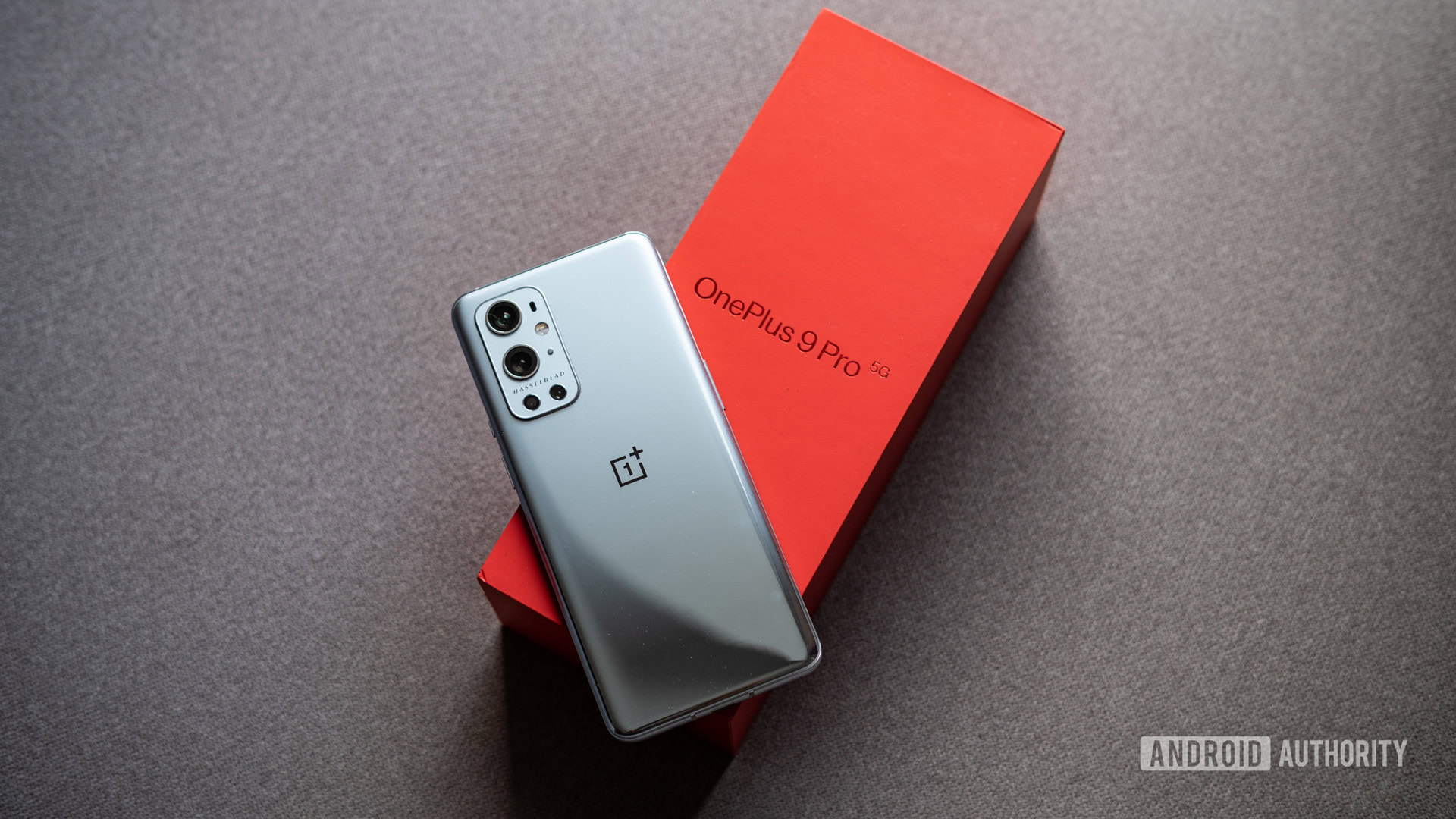
With all these big changes happening, it shouldn’t come as a surprise that there will not be a OnePlus 9T this year. The rumor mill previously assured us there wouldn’t be a OnePlus 9T Pro, but Lau confirmed there will be no T-series flagships at all.
This does not mean there won’t be any more OnePlus phones launched in 2021. However, the OnePlus 9 series will remain the top-of-the-line flagships from the brand until we see a 2022 flagship.
Some of you will note that we’ve seen rumors related to a OnePlus 9RT. It’s possible this phone is still launching but under a different name. It’s also possible it was in development but has since been canceled. In this case, Lau’s comments trump the rumor mill, but we’ll have to wait and see to be sure.
‘OnePlus is a unique brand’
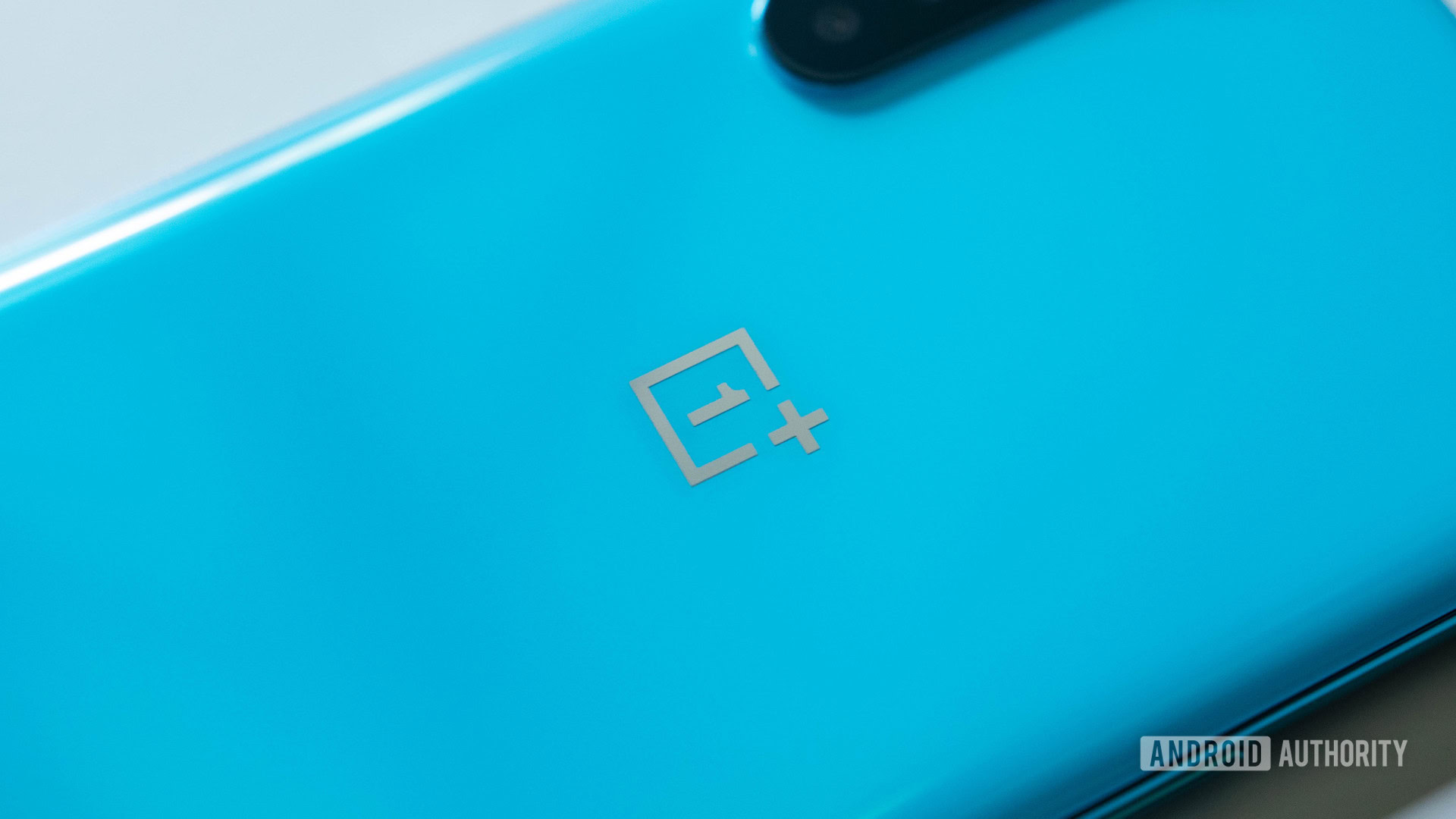
After our time hearing from Pete Lau, we had many follow-up questions. We sent them to OnePlus for clarification, specifically around what will separate both brands moving forward. Here’s the response we received:
OnePlus is a unique brand in the industry and has a unique group of very tech-savvy users, so we will continue customizing the OnePlus experience to meet their needs in many ways. With the unified operating system, we will also customize the product experience for OnePlus devices, for example, keeping it lightweight and open.
This quote makes it seem like the company is keen on keeping OnePlus’ identity as much as possible, even within the confines of this merger. However, the company’s lack of clarity on a lot of our questions will likely make fans uneasy. We’ll just need to see how the rest of the year unfolds and how much of what OnePlus did tell us sticks around in the long run.
What do you think of the OnePlus/OPPO merger now that several months have passed since the initial announcement? Let us know via the poll below.
What do you think of the OnePlus/OPPO merger since it was first announced?
That’s all we know so far about “OnePlus 2.0.” It’s possible that we will hear more confirmations on details in the next few days, so bookmark this page in case there are updates.